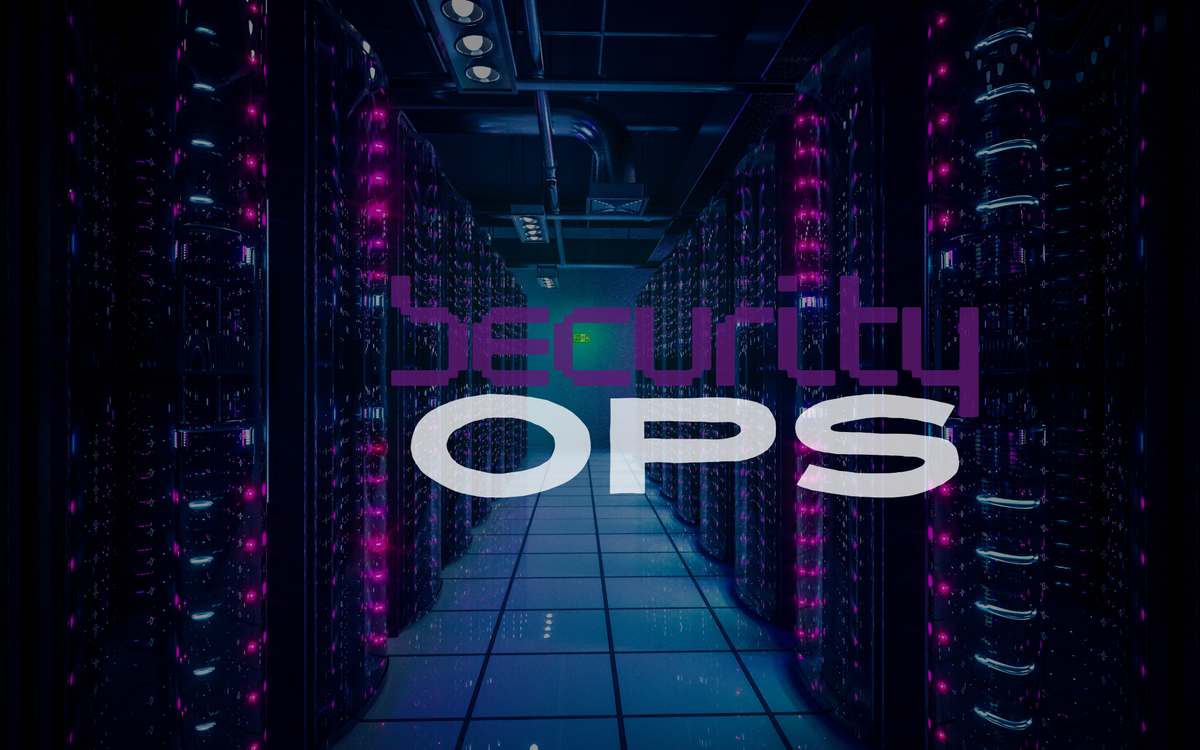Building a SOC Playbook for the 2025 Threat Landscape
In 2025, cyber threats are faster, smarter, and more deceptive than ever. A modern SOC needs more than just skilled analysts—it needs a living playbook that blends automation, threat intelligence, and human expertise. Here’s how to build one that keeps up with today’s attack landscape.

In 2025, Security Operations Centers (SOCs) face a rapidly evolving cyber threat landscape. Threat actors are leveraging AI-generated phishing, deepfake-enabled social engineering, and increasingly sophisticated supply chain attacks. To keep pace, SOC teams need a robust, adaptable playbook that aligns with modern attack vectors and operational realities.
What is a SOC Playbook?
A SOC playbook is a structured set of documented procedures for detecting, analyzing, and responding to specific cybersecurity incidents. It ensures consistency, speeds up response times, and minimizes human error during high-pressure situations.
Key Elements of a 2025 SOC Playbook
- Updated Threat Intelligence Feeds
- Integrate real-time intelligence from OSINT, commercial feeds, and industry sharing groups (e.g., ISACs).
- AI-Assisted Detection & Triage
- Use machine learning models to prioritize alerts and filter false positives.
- Incident Categorization Framework
- Map incidents to MITRE ATT&CK tactics for faster root cause analysis.
- Automated Response Workflows
- Implement SOAR (Security Orchestration, Automation, and Response) tools to handle repetitive containment tasks.
- Post-Incident Review & Threat Hunting
- Feed lessons learned back into the detection and hunting process for continuous improvement.
Example Playbook Scenarios for 2025
- Deepfake CEO Fraud – Verification workflows for voice/video requests involving financial transactions.
- AI-Powered Phishing Campaign – Email sandboxing and linguistic anomaly detection.
- Zero-Day Exploitation – Rapid containment protocols and patch prioritization based on asset criticality.
Best Practices for Modern SOC Playbooks
- Test and update quarterly to adapt to emerging threats.
- Train analysts on both technical and soft skills, including communication during incidents.
- Maintain role-specific steps to reduce confusion during escalation.
ThreatGrid Takeaways
- A SOC playbook is a living document—quarterly updates are essential.
- AI and automation should be used to augment, not replace, human judgment.
- Incident scenarios must reflect emerging threats such as deepfakes and AI-generated phishing.
- Post-incident reviews are critical for continuous SOC maturity growth.
